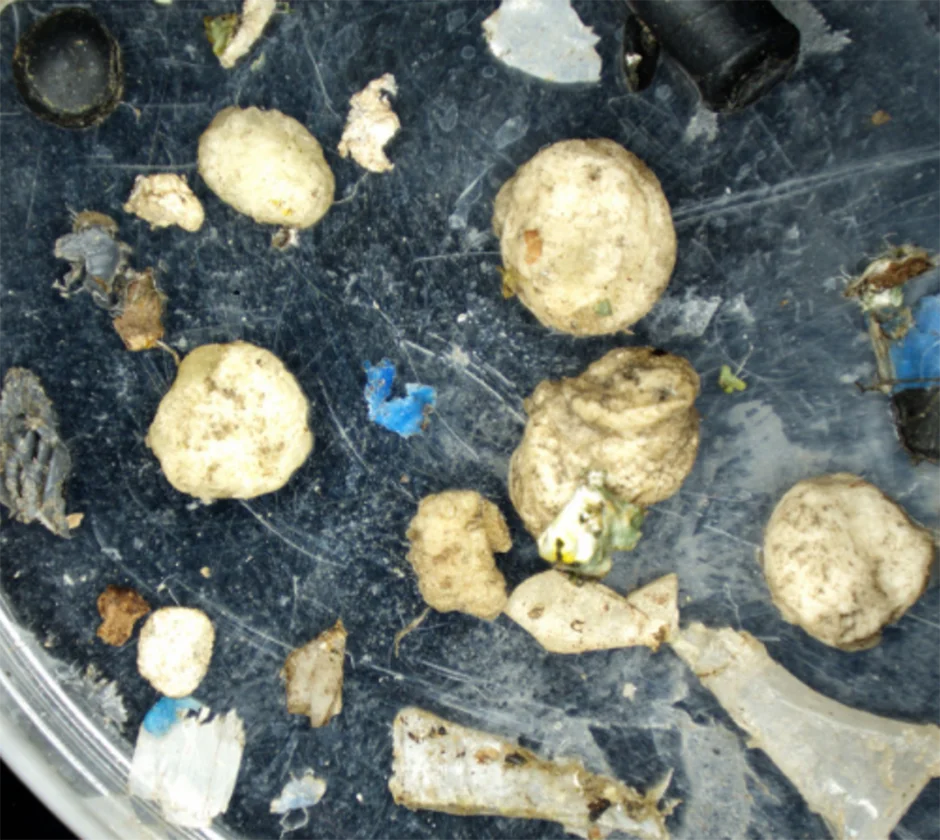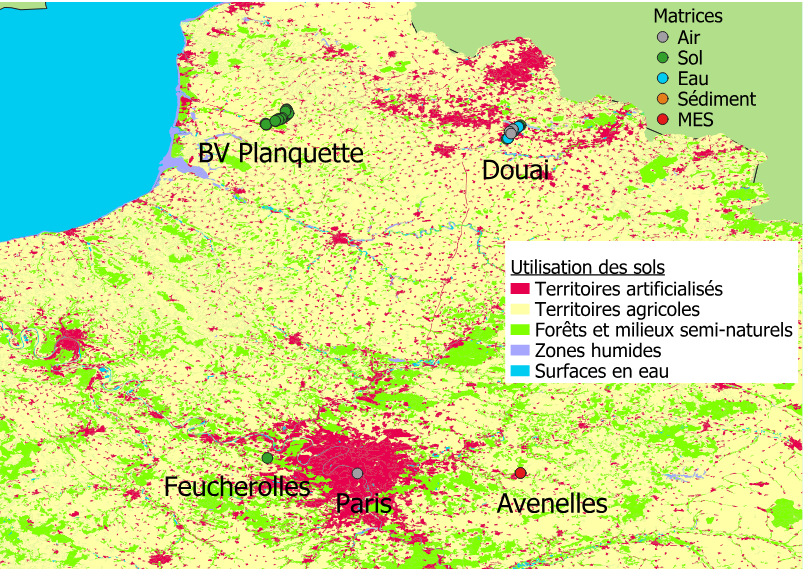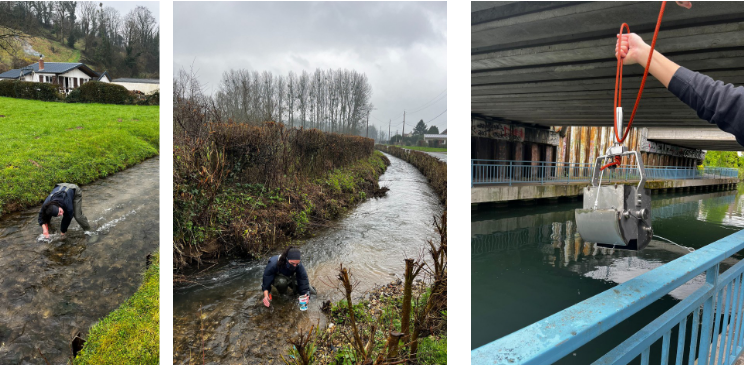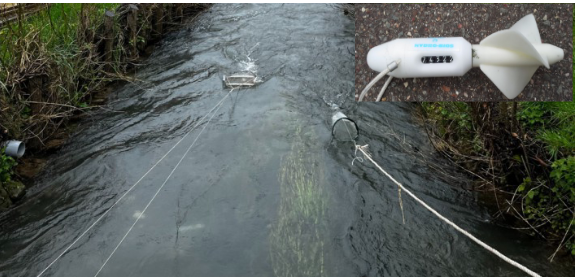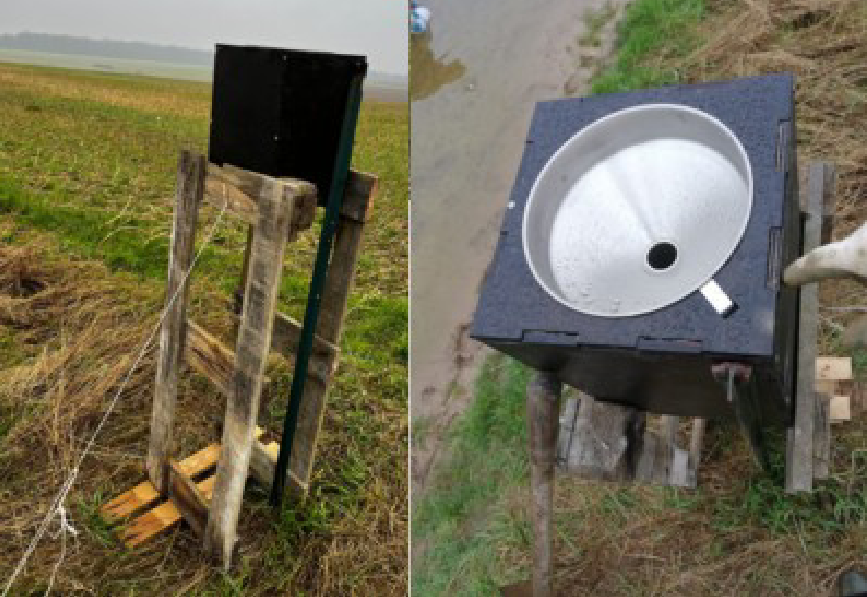Behind the scenes of sampling and analyses
To achieve these results, the chosen sampling and analysis methods are crucial, particularly considering Ademe, the funding partner’s goal of harmonizing methodologies.
There are varied techniques to adapt to the environment studied. Sediments from the rivers are sampled on-site by the researchers using a small mechanical grab tool (sediment sampler). Samples of soil are taken around ten centimeters deep. In the water, the particles are captured by nets. Finally, the collectors, funnel-like contraptions fitted onto collection containers, capture microplastics that have traveled through the air.
The samples are then taken to a laboratory. The LMPs are sorted by sieving, measured and then put into six categories: fibers, fragments, films, foams, beads and pellets. Particles smaller than 1 mm (small microplastics, SMP) are separated by density before then being treated with chemicals and observed under a microscope.
Both types of particles are also subjected to infrared analysis to determine their chemical composition. Thanks to a European grant, Mel Constant was given the opportunity to travel to Aalborg University in Denmark. He brought with him samples of microparticles smaller than 300 μm to test other treatment and analysis protocols.
Working towards national harmonization of methodology
These methodological considerations are an integral part of the Dymitria project. To date, there is no normative or regulatory framework for monitoring and assessing microplastics. This means there are diverse methodologies being implemented, which poses a problem when it comes to comparing data. Since December 2022, Ademe and the OFB have been providing funding for four research projects, including the Dymitria project, to address this issue on a national scale. The team will be participating in drafting a metrology report with Ademe.
The team intends to publish their work once completed, and is already actively involved in raising public awareness on the topic, at the Fête de la Science for example. This is a major issue, since any microplastics found in the soil we cultivate, the water we drink and even the air we breathe end up in our bodies. This has harmful effects on health that are still poorly understood.


